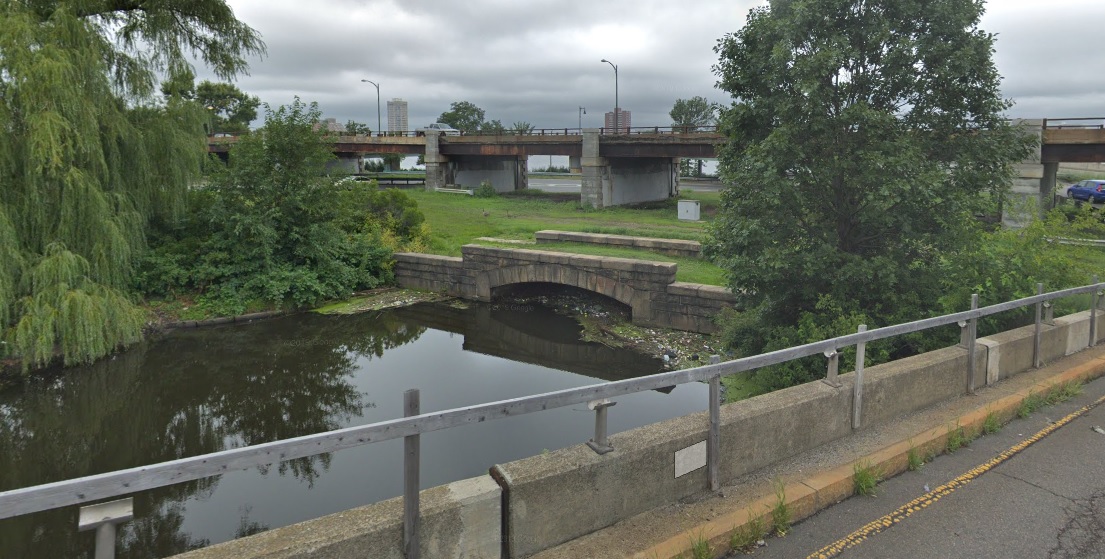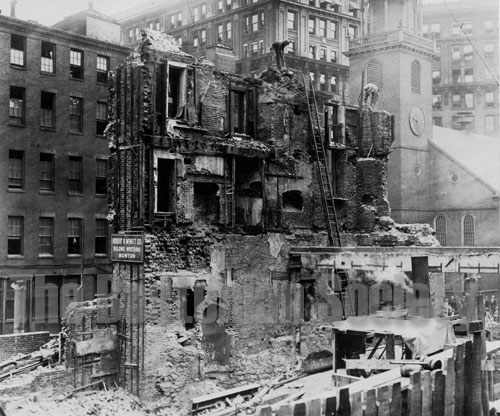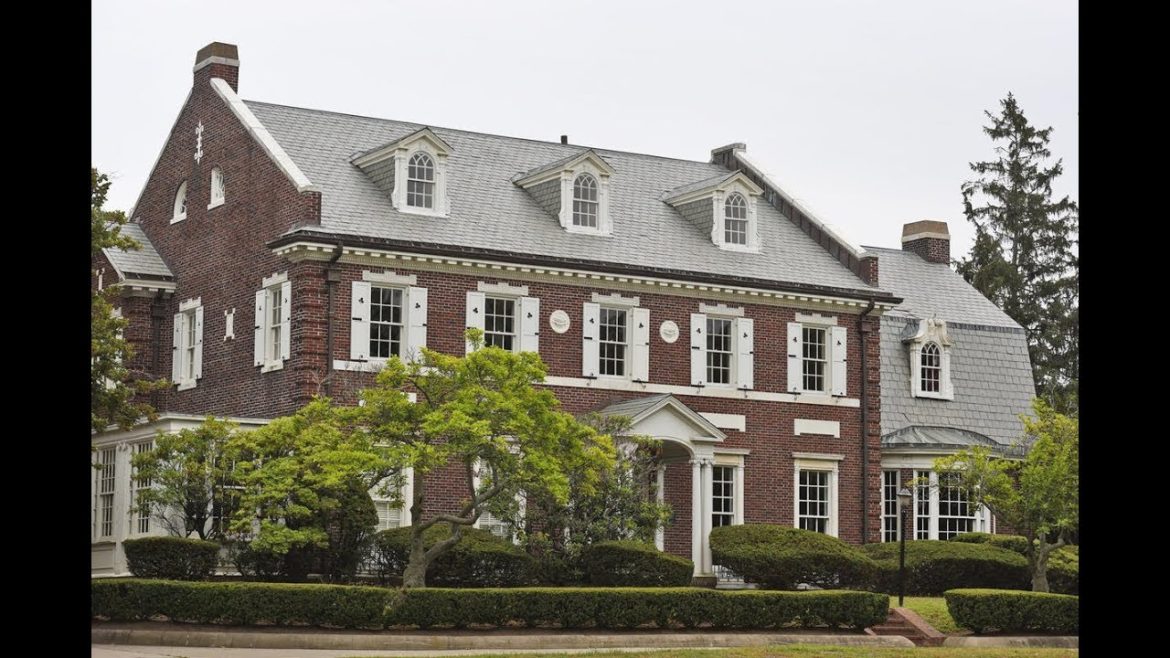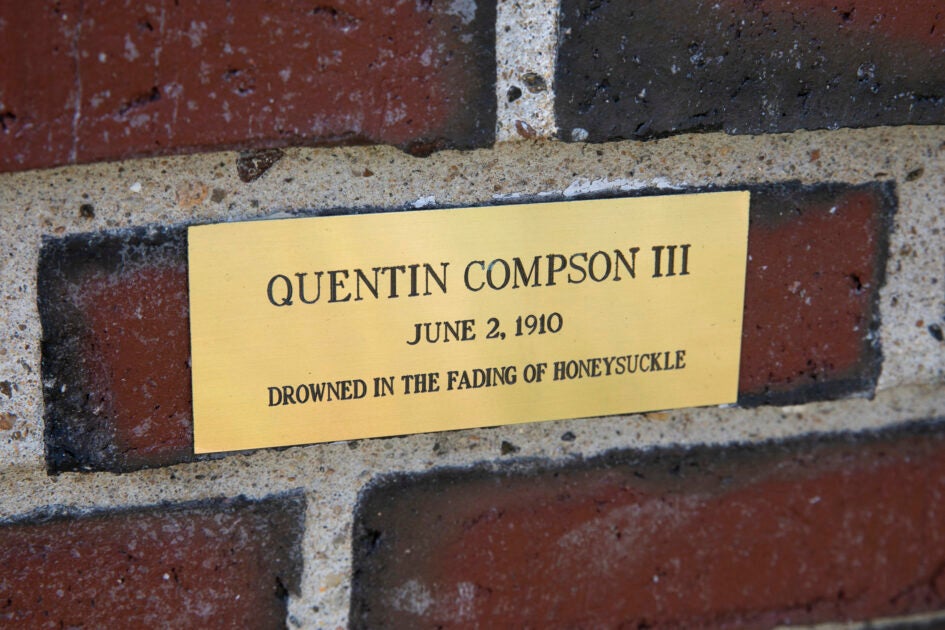Here's a few more that I'm guessing most of you are familiar with, but which I always incorporate in my tours to out-of-towners.
The purple window panes of Beacon Hill: A handful of houses still have them, and they're all a result of a manufacturing error by one particular English glassmaker which, between 1818 and 1824, used too much manganese oxide in the window panes it was shipping to wealthy Boston Brahmins:
James Michael Curley's extended middle finger: 350 Jamaicaway looks like every other mansion surrounding Jamaica Pond and the leafy estates of Brookline across the water, with one notable exception: it has shamrock shutters. That's because the house was built by James Michael Curley, and the shamrocks were intended as a way for the Irish political class to mark its territory in a neighborhood where, previously, the only Irish around were there to cook and clean for the Brahmins.
The single most ahistorical historical marker in Boston: A plaque on Memorial Drive in Cambridge, in front of the Mt Auburn Hospital, proclaims that site as the place where Leif Erikson landed in the year 1000 and built a house. This is despite the fact that there is no evidence that Leif Erikson ever set foot in Massachusetts. The plaque is a remnant of late-19th century anti-immigrant fervor. As waves of immigrants from Southern Europe in general, and Italy in particular, began entering the US, anti-immigrant activists tried to paint them as fundamentally incompatible with American society--people of a different race, language, religion, and cultural background who were lazy and didn't contribute to civic life. This was a hard argument to make, however, when part of America's foundational myth centered on its discovery by an Italian, Christoforo Colombo. Thus, many wealthy WASPS began to circulate the idea that the Vikings, not Columbus, were actually the first European explorers to reach America. A Harvard chemistry professor named Eben Norton Horsford became particularly obsessed with the idea. He took a walk around his neighborhood one day, found some unusual looking rocks on the bank of the Charles, and, with no further inquiry, declared that the rocks were remnants of a Viking settlement. It wasn't true then and it's still not true now.
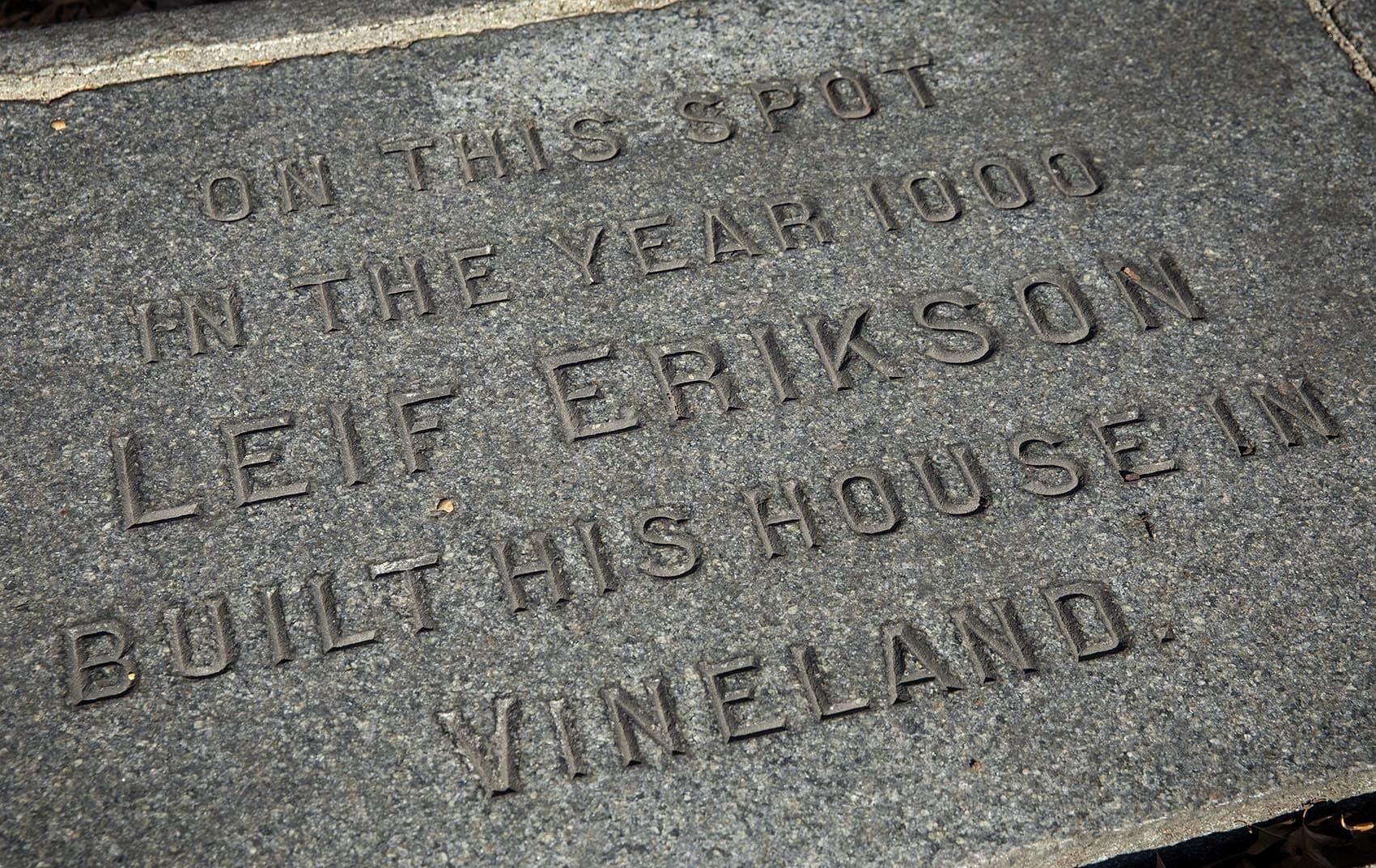
An ahistorical historical marker that is nonetheless wonderful: A tiny, business card-sized plaque on the Anderson Bridge near Harvard marks the spot where Quentin Compson, racked by guilt about his sister's pregnancy and the post-war decline of both his family and the Old South, commits suicide in Faulkner's The Sound And The Fury. The plaque was originally installed in secret, by a small group of Divinity School students who gathered on the bridge on what would have been the 55th anniversary of the fictional Compson's death. For decades, no one knew who put it there. Then in the 80's, the mother of a Washington Post reporter who loved Faulkner and had attended Harvard, mentioned the plaque to her minister, thinking that he would find it interesting in light of the fact that he'd attended Harvard as well. As it turned out, he'd been the one who originally put it there.
